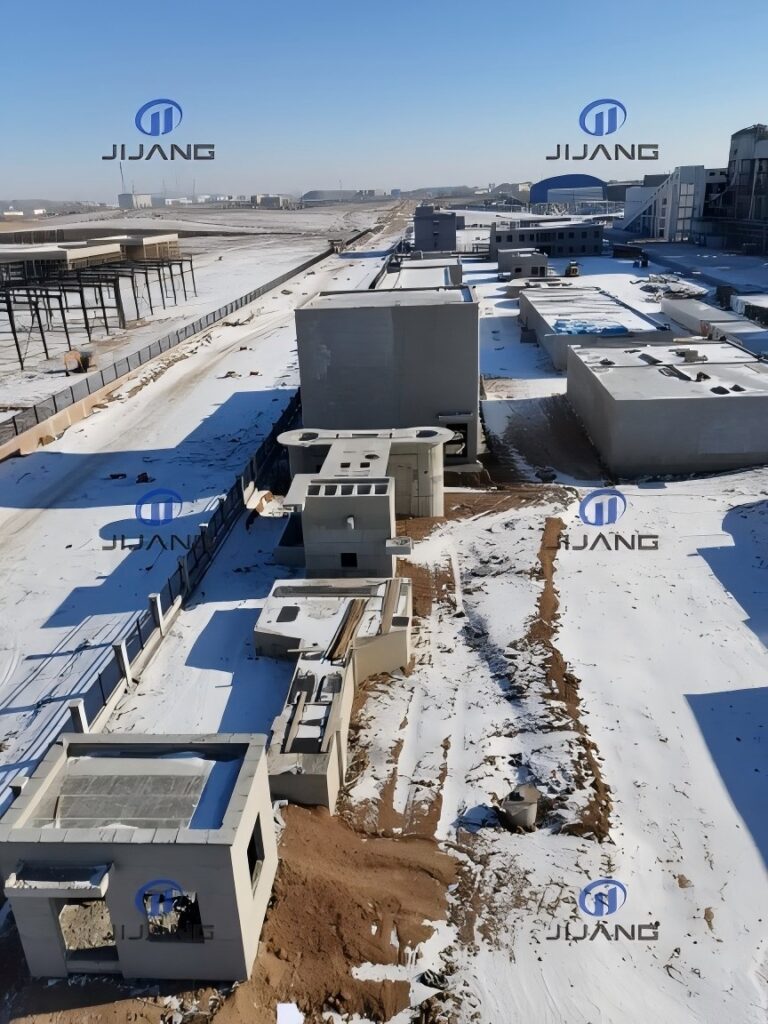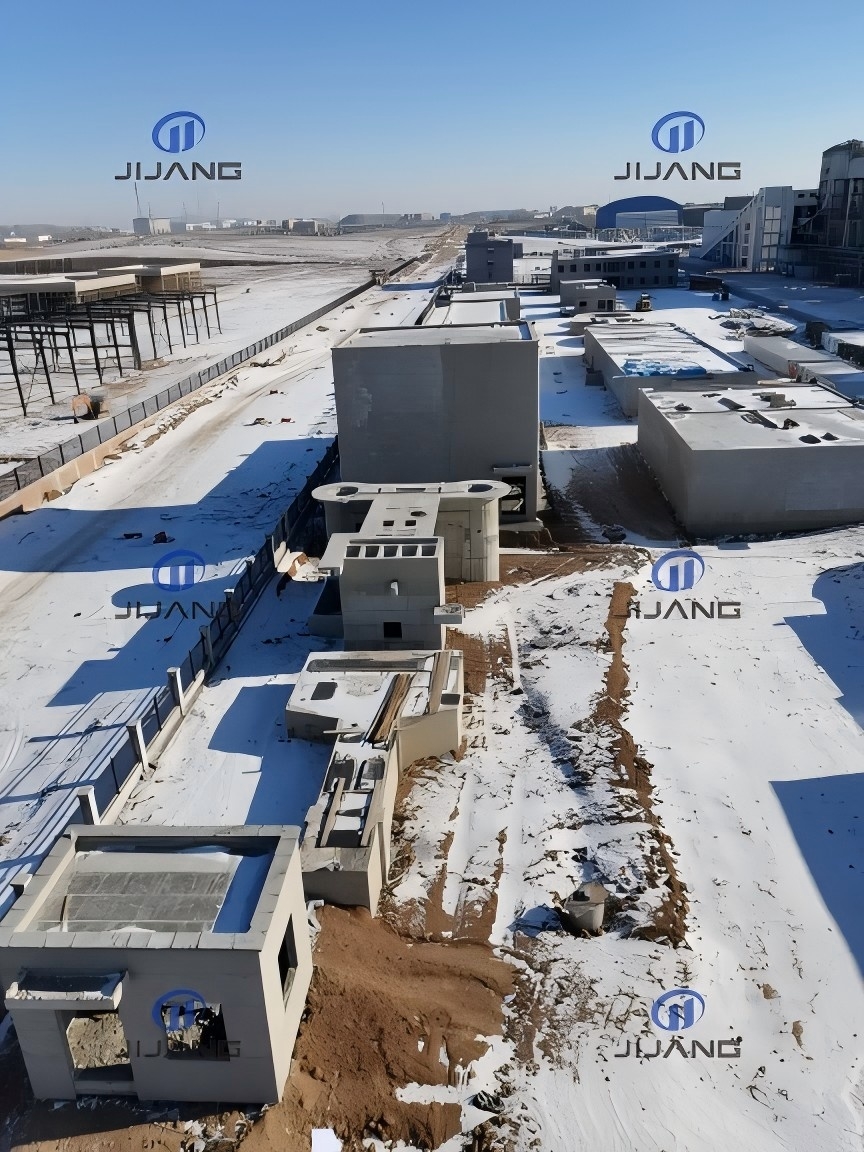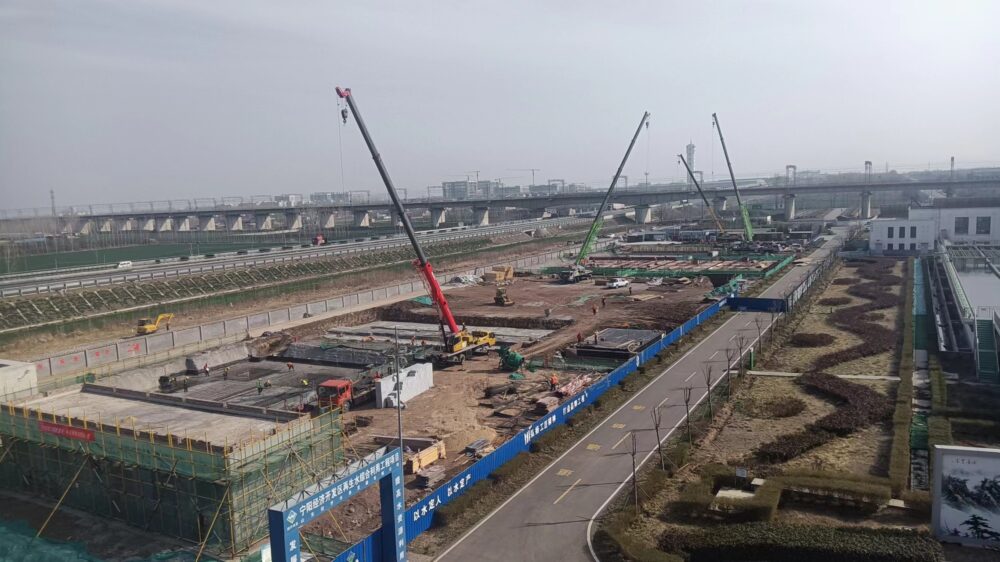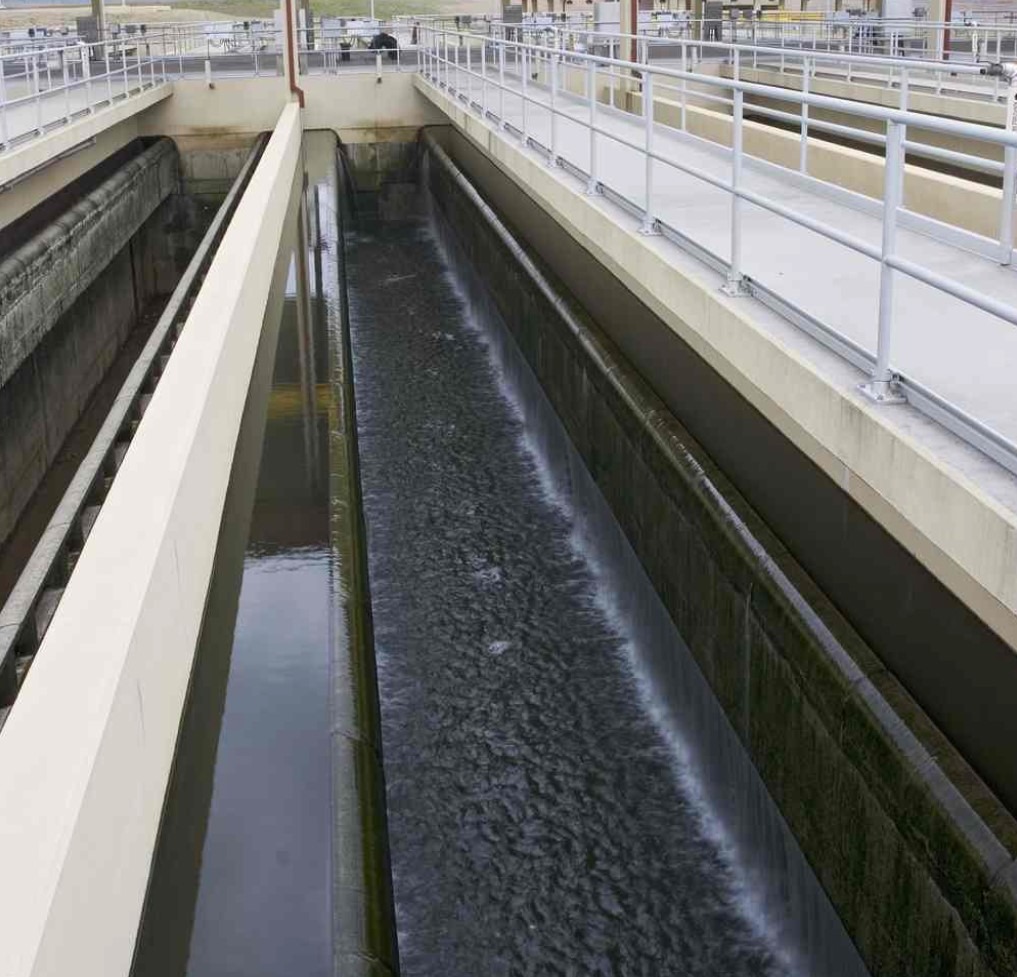Urban sewage pipe network construction is a complex and important project that must meet stringent technical, safety, and quality requirements. Urban sewage pipe network construction includes the following key aspects:
1. Construction Site Layout: Construction site layout is the first step in urban sewage pipe network construction. The site selection and layout will directly impact the progress and quality of subsequent construction. Construction site layout should prioritize convenience and safety, minimizing impacts on the surrounding environment and residents’ lives.
2. Civil Construction: Civil construction is a critical component of urban sewage pipe network construction, primarily including the laying of pipelines and the construction of pipeline wells. During civil construction, strict control of construction progress and quality is required to ensure the stability and sealing of the pipelines.
3. Equipment Installation: Equipment installation is another crucial component of urban sewage pipe network construction, primarily involving the installation of pipe connectors, valves, pump stations, and other equipment. During equipment installation, strict adherence to design requirements and construction specifications is required to ensure the proper operation and safe use of the equipment. 4. Pipeline connection: Pipeline connection is a critical step in urban sewage network construction. The quality of the connection directly affects the service life and safety of the pipeline. During the connection process, the quality and sealing of the pipe connections must be strictly controlled to prevent leakage and damage.
5. System commissioning: System commissioning is the final step in urban sewage network construction and primarily includes pressure testing, cleaning, and disinfection of the pipeline system. During system commissioning, strict compliance with design requirements and construction specifications is required to ensure the normal operation and safe use of the pipeline system.






